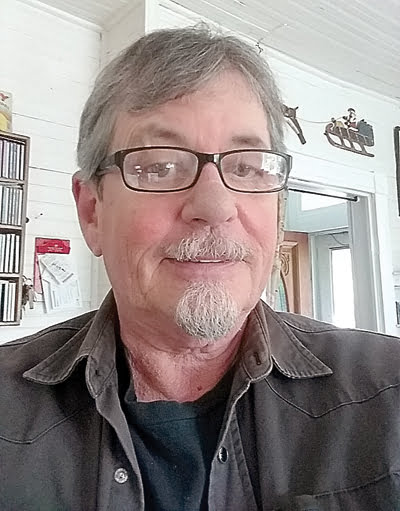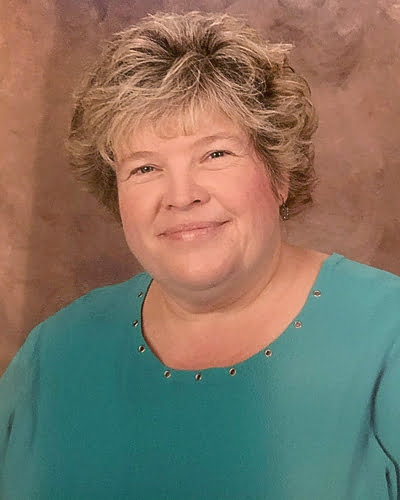

Ken Springer
Watoga Park Foundation
The nearly complete History of Jesse’s Cove Trail
The Conclusion
In the Watoga Trail Report’s previous edition, we established that Jesse’s Cove Trail was the brainchild of the then park superintendent Craig Ackerman. Now it’s time to introduce you to those individuals who spent more than a month of hard labor in 1980 building the trail.
Craig alluded to the fact that a game trail existed in Jesse’s Cove before the hiking trail was constructed. He said that during the logging drives of the early 1900s, a rail bed was laid in the cove. There is ample evidence of this today, particularly in the upper sections of the trail.
We also know that rock was quarried at the mouth of Jesse’s Cove by the Civilian Conservation Corps in the 1930s. Much of this rock still exists in the park as flagstones, found in many of the buildings and entranceways.
Almost certainly, the Workmans and other pioneer families would have traversed the valley as a shorter, albeit more difficult, route to the river.
Fast forward to early June of 1980, and we find 28-year-old Bill Lindsey at the mouth of the cove with Craig Ackerman. Bill, a former elementary school teacher in Marlinton, was there as a Youth Conservation Corps (YCC) leader in charge of the young folks who would soon begin building the trail.
Craig explained that the trail was to start at the mouth of the cove and climb up, over, and along the length of Rock Run to the very headwaters of the stream, some two miles in distance and 1,000 feet higher in elevation.
One would have to hike up Jesse’s Cove Trail to fully appreciate the amount of physical labor required to forge a trail in such challenging terrain, but Bill didn’t hesitate. His crew consisted of eight young men and women who attended Pocahontas County High School and had signed up for a summer stint with the YCC.
“I thought that this was a great opportunity to expose these students to other outdoor activities, in addition to hunting and fishing, Bill said.“The YCC crew members worked Monday through Thursday on the trail.
“On Fridays, I would conduct environmental education programs. We would take field trips to places like the Cranberry Wilderness Area, and once I took them caving,” explaining that he was an experienced spelunker.
The young crew was equipped with brush axes, fire rakes and chainsaws.
“We had two experienced sawyers on the crew,” Bill said, “and they did an excellent job of removing the many trees blocking our way.”
Bill added that they had a safety meeting every day and suffered no severe injuries in the four weeks it took to build the trail.
“They all worked hard,” he said proudly. “There wasn’t a whiner in the bunch.”
Unfortunately, all of the bridges they built for the numerous stream crossings are long gone. Bill explained how they stacked rocks on both sides of the stream to make bridge abutments and then cut three or four trees on-site to serve as the bridge deck.
I wanted to find all eight members of the YCC crew, but was unable to confirm several of the names submitted to me.
I have confirmed three of the eight: Barbara McNeel Beard, Carla Hefner Poliziani and Bob Simmons. They very well remember the adventure of seeing that wild and untamed gorge and setting off, tools in hand, intent on building a trail that would give pleasure to hikers for years to come.
Well, maybe they didn’t think anything quite that romantic right off, but they did show up every day, and they did build a trail that has given pleasure and engendered awe in many hikers.
“It was just a job when I started,” Barbara said. “But as we worked our way up Rock Run and would stop to eat lunch, I noticed how tranquil and peaceful it was. For me, that experience started me on a lifelong love affair with the outdoors.”
Carla remembers the daily routine of being picked up in a van and shuttled to the drop off location where they were handed bagged lunches.
“The crew must have had fun while working since we all grew up together,” she said. “I am inspired to go back to Watoga State Park as a tourist when I visit Pocahontas County next month.”
The one thing Carla may not want to do when she visits the park next month is to venture out on the very trail that she helped create years ago.
Jesse’s Cove Trail still retains all of the remarkable beauty that has existed there for millennia. But nature has no concern for the structures of man; the forces of nature claim whatever is in their path.
The upper section of Jesse’s Cove Trail requires nothing more than routine maintenance, cutting downed trees and trimming overgrowth. However, the lower portion of the trail stays on Rock Run, hugging the stream’s banks and making numerous crossings. Flooding and erosion have damaged or eliminated entire sections of trail.
Superintendent Jody Spen-cer sees Jesse’s Cove Trail as a unique asset of the park and wants to keep it open.
Craig Ackerman feels the same.
“It would be unfortunate if this trail – this mostly unseen part of Watoga – were to be abandoned,” he said.
One approach under consideration is to relocate the trail out of the creek bed and place it high enough on the adjacent south-facing slope, that it is out of the flood zone altogether. Doing this would prevent the damage that occurs during periods of high water. It would amount to relocating less than a quarter-mile of the trail.
Finally, we come to the one thing about Jesse’s Cove that many visitors and fans of the trail ask about, but for which we have no clear answer.
How did the trail get its name?
Often, trails in West Virginia state parks are named after early settlers in the area; local families and individuals of note. Examples at Watoga include the Busch Settlement Trail, Kennison Run Trail and the Ann Bailey Trail.
Suggestions for the trail’s namesake include everything from a favorite dog to a profoundly personal tragedy.
If it is the former, then let it be said that a good dog deserves every honor afforded her. If it is the latter, the only thing we really need to know is that it was aptly named. Either way, the name Jesse will be spoken until there is no more of Jesse’s Cove.
I have a ritual where I light a beautiful handmade oil lamp each night before retiring to bed. I then say aloud the names of my loved ones who have passed on. I do this because, at least while I am still alive, their names will be spoken.
Whatever the source of the name, Jesse’s Cove is a spot on this earth where we can leave the world behind and marvel at the humbling beauty of nature.
May Jesse’s Cove be there for as long as the mountains stand and the river flows.
“I mean, they say you die twice, once when you stop breathing, and a second time when somebody says your name for the last time.” Banksy – Urban artist.
Watoga, a storied place in every sense of the phrase.
Ken Springer
Ken1949bongo@gmail.com
Roger Ober and Jimmy Ramsey are names of possible YCC members who worked on Jesse’s Cove Trail, but I was unable to confirm this before press time.



